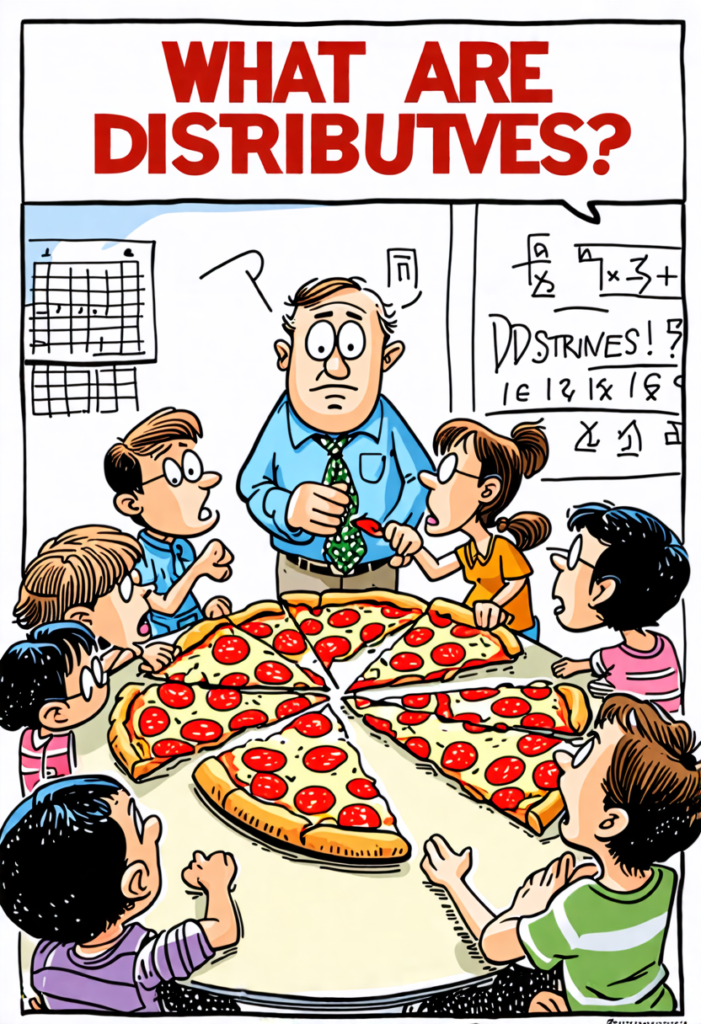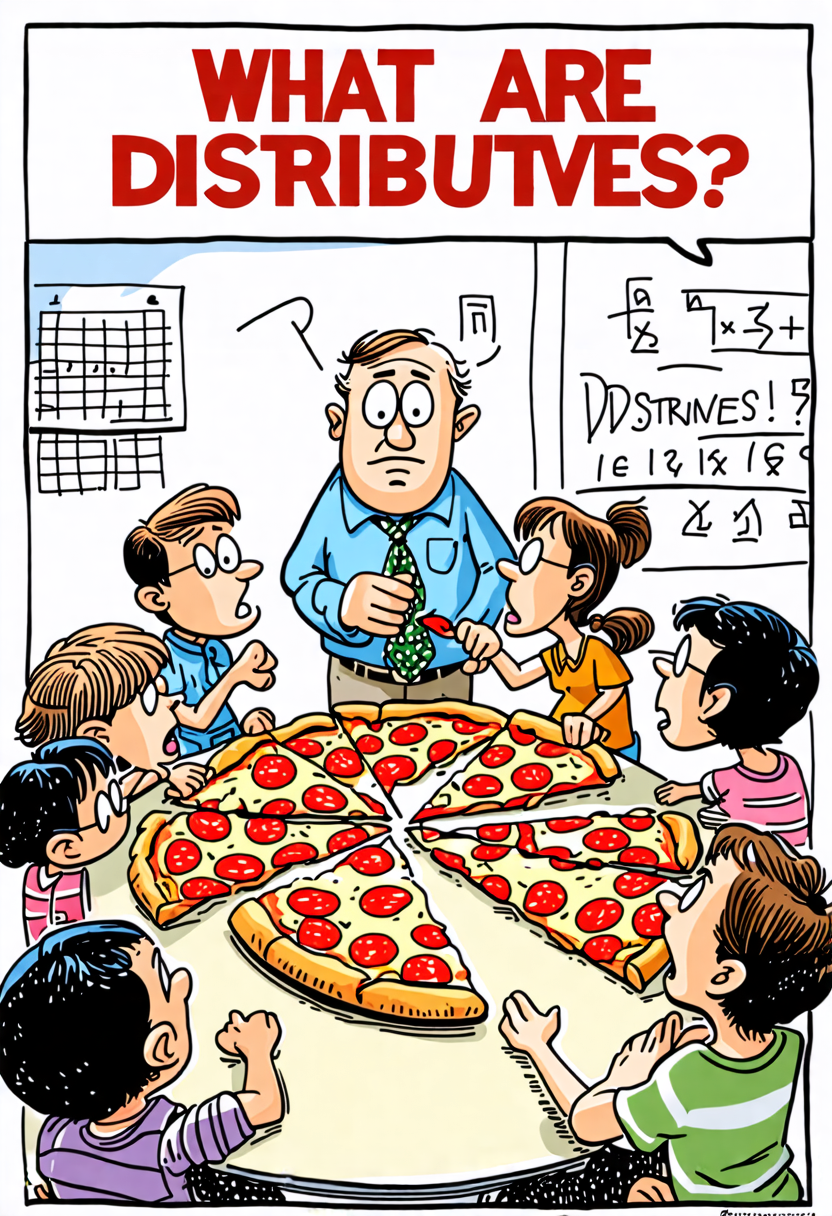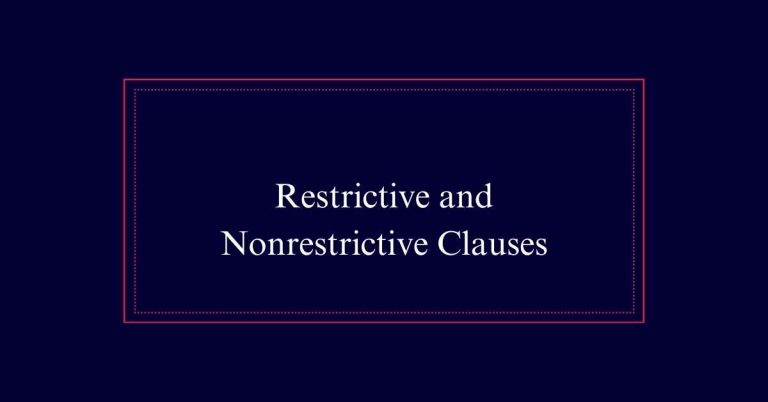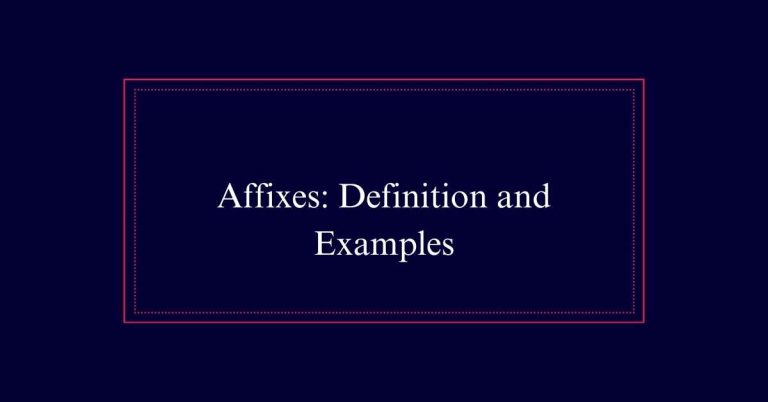What are distributives?
Distributives are words used to refer to individual items within a group. They help specify what part of the group is being discussed. Distributive pronouns like “each,” “either,” “neither,” and “none” replace nouns to focus on individual elements. Distributive determiners such as “each,” “every,” “either,” and “neither” modify nouns to add clarity.
What Are Distributives?
Distributives are words that describe how parts of a group relate to the whole. In English grammar, these words help clarify the relationship between individual elements and the entire set. They can function as pronouns or determiners, providing specific information about nouns.
Distributive determiners modify both singular and plural nouns, including compound and proper nouns. They play an essential role in precise communication, ensuring that the intended meaning is clear. For instance, words like ‘all,’ ‘each,’ ‘every,’ and ‘half’ help specify quantities and divisions within a group.
Types of Distributives
Understanding the types of distributives is essential for mastering their usage in English grammar. Distributives can be categorized based on their function and the context in which they are used.
Here are the primary types:
- Distributive Determiners: These modify nouns and clarify distribution within a group. Examples include ‘each,’ ‘every,’ and ‘either.’ They are often used with singular nouns.
- Distributive Pronouns: These replace nouns to indicate distribution. Examples include ‘all,’ ‘none,’ and ‘both.’ They can function independently in a sentence.
- Distributive Adjectives: These describe nouns to indicate division. Examples include ‘any,’ ‘neither,’ and ‘half.’ They help specify the extent of distribution within a group.
Distributive Pronouns
Distributive pronouns play a key role in indicating how parts of a group are distributed. These pronouns include ‘each,’ ‘either,’ ‘neither,’ and ‘none.’ They refer to individuals within a group separately rather than collectively.

For example, ‘each’ emphasizes individual members: ‘Each has a unique role.’ ‘Either’ and ‘neither’ are used for choices within pairs: ‘Either option is acceptable,’ or ‘Neither answer is correct.’ ‘None’ indicates the absence of members: ‘None were chosen.’
These pronouns help clarify how to divide or consider parts within a whole. They safeguard precision in communication by focusing on individual elements within a group.
Distributive Determiners
Certain words function as distributive determiners to specify how nouns are divided in context. These determiners are essential in detailing how parts of a group relate to the whole. Distributive determiners modify nouns and help clarify meaning in sentences.
Here are three key points to understand about distributive determiners:
- Each: Used with singular, countable nouns to indicate individual items within a group.
- Every: Similar to ‘each,’ but emphasizes all members of a group collectively.
- Either/Neither: Used to refer to one or the other of two items (for either) or none of the two items (for neither).
Common Distributives
Several words in English serve as common distributives, helping to divide and reference parts of a group. These include ‘all,’ ‘any,’ ‘both,’ ‘each,’ ‘either,’ ‘every,’ ‘half,’ ‘neither,’ and ‘none.’ Each of these words has specific functions.
‘All’ refers to the total number, while ‘none’ denotes the absence of any.
‘Each’ and ‘every’ emphasize individuality within a group.
‘Both’ is used for two items together, whereas ‘either’ and ‘neither’ are used for choices between two.
‘Half’ signifies fifty percent of something.
Usage With Pairs
When dealing with pairs, both, neither, and either are the primary distributive words used. These words clarify choices or inclusions within pairs.
- Both: Refers to two items together. Example: ‘Both apples are ripe.’ It highlights that each item in the pair is included.
- Neither: Indicates that none of the two items are included. Example: ‘Neither apple is ripe.’ It signifies the absence of a quality in both items.
- Either: Presents a choice between two items. Example: ‘Either apple is ripe.’ It means one of the two items is included, but not specifying which one.
Singular and Plural Usage
Understanding how distributives function with singular and plural nouns is key for accurate communication. Distributives like ‘each’ and ‘every’ are used with singular nouns. For example, ‘Each student receives a book’ and ‘Every student must attend.’ These words emphasize individuality within a group.
On the other hand, distributives such as ‘all,’ ‘both,’ and ‘none’ can be used with plural nouns. For instance, ‘All students received books,’ ‘Both students attended,’ and ‘None of the students were late.’ The choice between singular and plural forms depends on whether you are referring to individuals separately or as part of a whole.
All and None
All and none are distributives that express totality or absence within a group. These terms help specify whether we are talking about the entirety or the complete lack of something. They can function as pronouns or determiners.
All – This can refer to every member of a group. For example, ‘All students passed the exam.’
None – This signifies no members of a group. For instance, ‘None of the students failed the exam.’
Combination – They can be used together for contrast. Example: ‘All the books are here; none are missing.’
Using Half
Half, unlike all and none, specifies a division of fifty percent within a group. It can be used with singular, plural, or mass nouns. As a determiner, it often requires an article. For example, ‘half the cake’ or ‘half a mile.’
When used alone as a pronoun, it stands for fifty percent of a specified group, such as ‘Half of them are here.’ Additionally, half can be combined with measurements like ‘half an hour’ or ‘half a liter.’
The preposition of is essential when using half with pronouns, as in ‘half of the students.’ This usage helps to clarify that only a portion of the group is being referred to.
Practical Examples
To illustrate the use of distributives, consider the sentence: ‘Each student received a certificate.’ Here, ‘each’ is a distributive determiner. It emphasizes that every individual in the group got one certificate.
Practical examples include:
- All: ‘All employees must attend the meeting.’ This refers to every member of the group without exception.
- Either: ‘You can take either road to reach the destination.’ This means one of the two roads can be chosen.
- Neither: ‘Neither option is suitable for the project.’ This indicates that both options are not acceptable.








